What Do These Standards Mean?
SANS 50795 sets the benchmark in South Africa for anchor testing, installation, and inspection. It ensures anchors are properly pull-tested, inspected annually, and compliant with legislation. This protects both the technician on the rope and the client commissioning the work.
IWH (Institute for Work at Height) is the official South African body governing rope access. It sets the requirements for technician training, safety procedures, and compliance audits—ensuring local standards align with international best practice.
IRATA (Industrial Rope Access Trade Association) is the global gold standard. Operating in more than 50 countries, IRATA maintains strict training, assessment, and safety requirements across three technician levels, ensuring rope access projects worldwide are carried out with professionalism and consistency.
Together, SANS, IWH, and IRATA create a framework that gives clients confidence that rope access work is being carried out to the highest safety levels—whether on a local project in Johannesburg or an international site offshore.
Why Compliance Protects Everyone
It's tempting for some companies to cut corners, but non-compliance comes with enormous risks. A rope access business that ignores these standards places not only its workers in danger, but also its clients.
If an accident occurs and the company was not certified through IWH or IRATA, or was not following SANS requirements, liability could fall back on the client who hired them. In other words: compliance isn't just about ticking boxes—it's legal and financial protection.
Training and Competency: How Rope Access Differs
Like scaffolding, rope access requires workers to hold recognised certification and “papers.” Scaffolding teams are trained to safely erect and dismantle structures in line with engineering standards, and no reputable site will allow uncertified scaffolders to operate.
The difference is that rope access technicians must undergo additional specialised training. IWH and IRATA demand competency in advanced rigging, rope manoeuvres, and most importantly, rescue procedures. Every technician is assessed not only on their technical skills but also on their ability to respond in emergencies—something that sets rope access apart from many other work-at-height trades.
This is why rope access enjoys one of the best safety records in the industry: highly trained technicians, working in pairs, using dual-rope systems for redundancy, and operating under continuous assessment.
Compliance vs. Best Practice
Some companies treat compliance as the finish line—doing the bare minimum to stay legal. But the best rope access businesses know that compliance is only the starting point. By going beyond the minimum—through ongoing training, advanced rescue planning, and investment in modern equipment—these companies position themselves as trusted partners rather than just contractors.
Clients who choose IWH- and IRATA-certified rope access companies gain more than safety; they gain peace of mind and long-term reliability.
A Reputation for Safety Builds Trust
In an industry where the risks are high, reputation matters. Companies accredited through IWH in South Africa and IRATA internationally demonstrate professionalism and a clear commitment to safety. That reputation builds trust, strengthens client relationships, and leads to repeat business.
On the other hand, companies without these certifications may offer lower prices, but the risk—financial, reputational, and human—is far too great.
The Bottom Line
Safety standards are the foundation of rope access. Without them, the industry would be a gamble no client or worker could afford. Certification through SANS, IWH, and IRATA ensures that rope access remains the safest and most reliable method for working at height in South Africa and across the globe.
Do you think enough South African businesses are prioritising IWH and IRATA compliance, or are some still taking shortcuts at the expense of safety?

